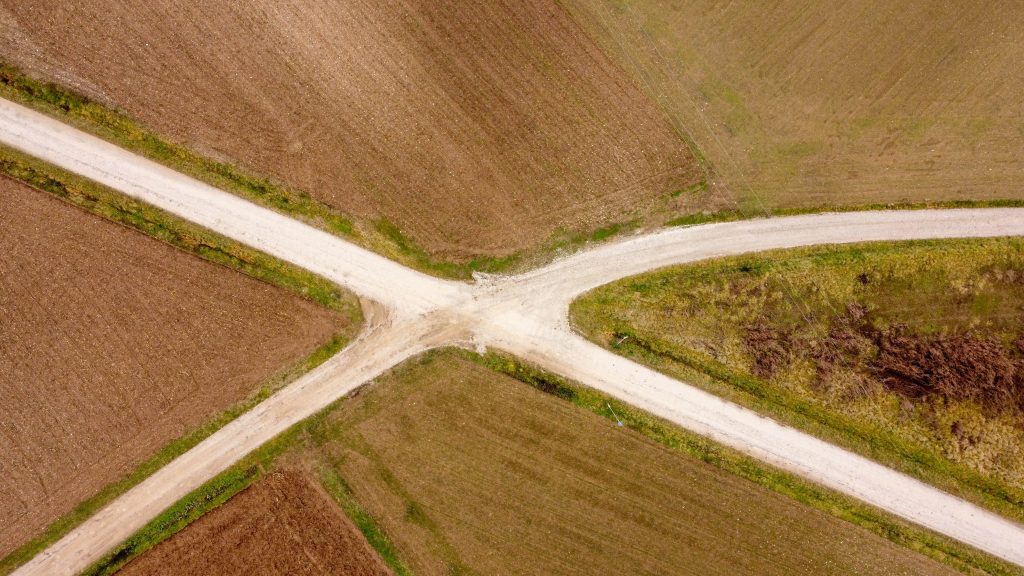
I’m a fan of macro figures, so the ignorance of others about the right scale of things is sometimes frustrating. For example, for some it is difficult to separate one million from one billion. On the other hand, the Americans do not make life easy by using the term billion for our milliard, and trillion for our billion. However, focusing on the linguistic nuances of numbers is not the real point here; my interest in macro figures is.
Which is why the 98-page The Pharma 1000 – Top Global Pharmaceutical Company Report by Torreya Partners, published in November 2021, was interesting to read. Torreya Partners is a global investment bank focused on the pharmaceutical industry. I still receive their reports, thanks to our previous collaborations. Nice – our collaboration, as fruitful as it was, was far from being just some cheap fun.
Continue reading


